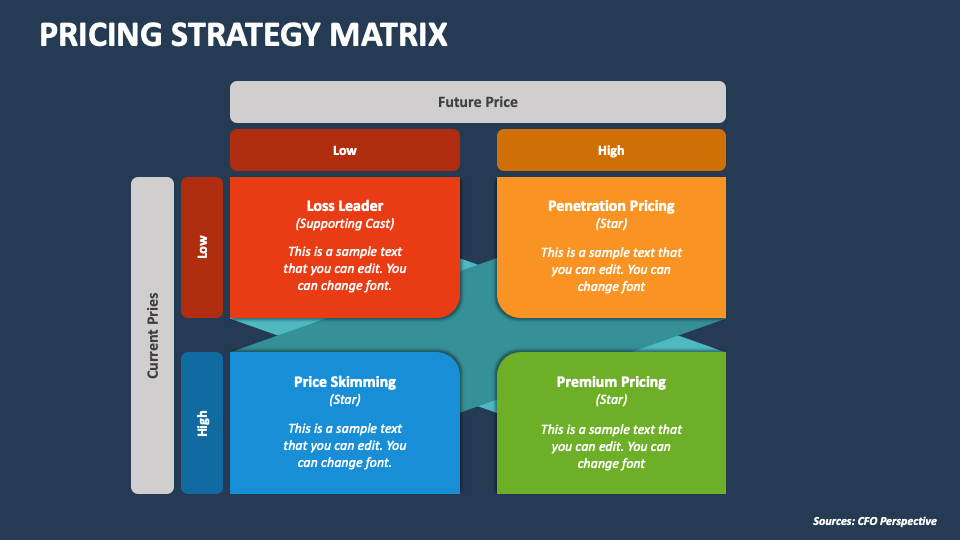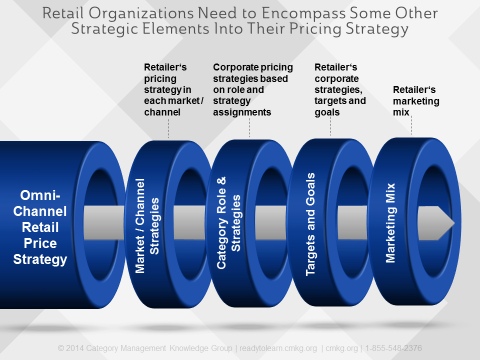The Connection Between Brand Positioning and Your Pricing Strategy
The Connection Between Brand Positioning and Your Pricing Strategy
Blog Article

Master Effective Pricing Strategies to Make Best Use Of Revenue
In the ever-evolving landscape of business, mastering efficient pricing strategies is necessary for organizations intending to make best use of profit. A nuanced understanding of pricing psychology can substantially influence customer habits and getting choices. In addition, using dynamic and value-based prices models allows organizations to adapt to market changes and customer view. The intricacy of competitor evaluation and continuous performance assessment increases critical inquiries about the sustainability of these techniques. What certain methods can be executed to make sure lasting success and client loyalty in this competitive setting?
Recognizing Pricing Psychology
Recognizing prices psychology is vital for businesses aiming to maximize their prices approaches. This area analyzes just how customers perceive costs and how these perceptions influence their purchasing decisions. Secret concepts in prices psychology include the anchoring impact, where the initial price offered works as a recommendation point for consumers, and the idea of cost sensitivity, which varies among different consumer sections.
Additionally, businesses can utilize the idea of regarded value, where the perceived benefits of a product and services can justify a greater cost factor. As an example, costs rates can develop a mood of exclusivity, attracting customers who connect higher costs with premium quality. On the various other hand, psychological prices, such as establishing a price at $9.99 rather than $10, can significantly impact consumer behavior by making rates appear much more attractive.
Additionally, scarcity and seriousness can enhance the viewed value of products, prompting quicker getting choices. Recognizing these psychological triggers makes it possible for services to develop rates techniques that not just drive sales but additionally foster customer loyalty. Thus, mastering prices psychology is essential for reliable prices approach solution, bring about enhanced profitability and market positioning.
Carrying Out Value-Based Prices

Next off, section your customers based on their willingness to pay and the value they perceive. By doing so, you can tailor offerings and rates strategies to straighten with different sectors.
After collecting insights, set costs that reflect the optimum amount a consumer wants to pay, making certain that they perceive a reasonable exchange for the worth obtained. Communicate the value suggestion efficiently, highlighting the benefits and differentiators of your offering. Constantly keep track of market problems and consumer feedback to fine-tune your pricing approach over time. By implementing value-based rates, services can improve success while promoting lasting client commitment.
Checking Out Dynamic Pricing Models
In today's swiftly changing market landscape, vibrant pricing designs have become an effective strategy for services seeking to enhance earnings and reply to variations in need. These versions enable companies to adjust their prices Pricing Strategy in real-time based upon various variables look here such as consumer actions, market patterns, and inventory degrees. By leveraging data analytics and algorithms, companies can recognize ideal prices points that make best use of sales while continuing to be competitive.
Dynamic rates can take different types, consisting of time-based rates, where costs change based upon time of day or period, and demand-based pricing, which readjusts prices according to current customer demand. This flexibility not only improves profitability however additionally enhances customer satisfaction by supplying rates that show real-time market problems.
Applying dynamic prices needs a durable technological infrastructure and a deep understanding of customer segments. Transparent communication regarding prices adjustments can assist mitigate customer dissatisfaction and foster depend on, ultimately leading to continual earnings in a competitive marketplace.
Analyzing Rival Prices
Keeping track of competitor pricing is crucial for companies aiming to maintain an affordable side in their particular markets. By examining rivals' pricing strategies, companies can determine market patterns, recognize customer choices, and readjust their prices appropriately. This evaluation involves gathering data on competitors' rates, promotional methods, and product offerings to notify pricing decisions.
To effectively analyze rival rates, organizations need to make use of different devices and methods, such as rate tracking software program, market research reports, and client responses. This data can disclose exactly how competitors position their services and products, enabling companies to distinguish their offerings or embrace comparable techniques to stay relevant.
Furthermore, it is vital to classify rivals right into indirect and straight competitors. Straight rivals supply similar service or products, while indirect rivals may meet the same customer need with different solutions. Recognizing the subtleties in between these groups will enable organizations to customize their rates approaches better.
Inevitably, recurring competitor pricing analysis is important for making enlightened pricing choices. It permits organizations to stay agile in feedback to market shifts, ensuring they can seize opportunities and alleviate risks connected with pricing strategies.
Assessing Pricing Efficiency
Understanding exactly how rival pricing influences market dynamics causes an all-natural concentrate on reviewing rates performance within one's very own business. This examination is critical for identifying locations of stamina and opportunities for renovation, eventually improving success.

Additionally, conducting normal pricing audits can disclose inconsistencies between anticipated and click to read real performance. This involves comparing rates information throughout various segments and networks to recognize variations and identify trends. Incorporating client feedback can provide insights into regarded worth versus real prices, making certain alignment with market assumptions.
Finally, leveraging data analytics tools can assist in deeper understandings right into prices efficiency, making it possible for organizations to make data-driven adjustments (Pricing Strategy). By constantly examining prices efficiency, companies can adjust to market modifications and enhance their methods, ensuring continual productivity in a competitive landscape
Conclusion
By leveraging rates psychology, services can enhance regarded worth and tailor prices to diverse consumer sectors. The fostering of dynamic and value-based pricing models promotes real-time changes based on demand and client determination to pay.
Comprehending prices psychology is vital for organizations intending to optimize their rates approaches. Recognizing these mental triggers makes it possible for companies to develop pricing strategies that not only drive sales but additionally foster customer loyalty. Therefore, mastering pricing psychology is important for reliable prices technique formula, leading to boosted earnings and market positioning.
By analyzing rivals' rates methods, firms can recognize market fads, recognize consumer choices, and adjust their rates appropriately. By leveraging prices psychology, services can boost viewed worth and dressmaker pricing to diverse consumer segments.
Report this page